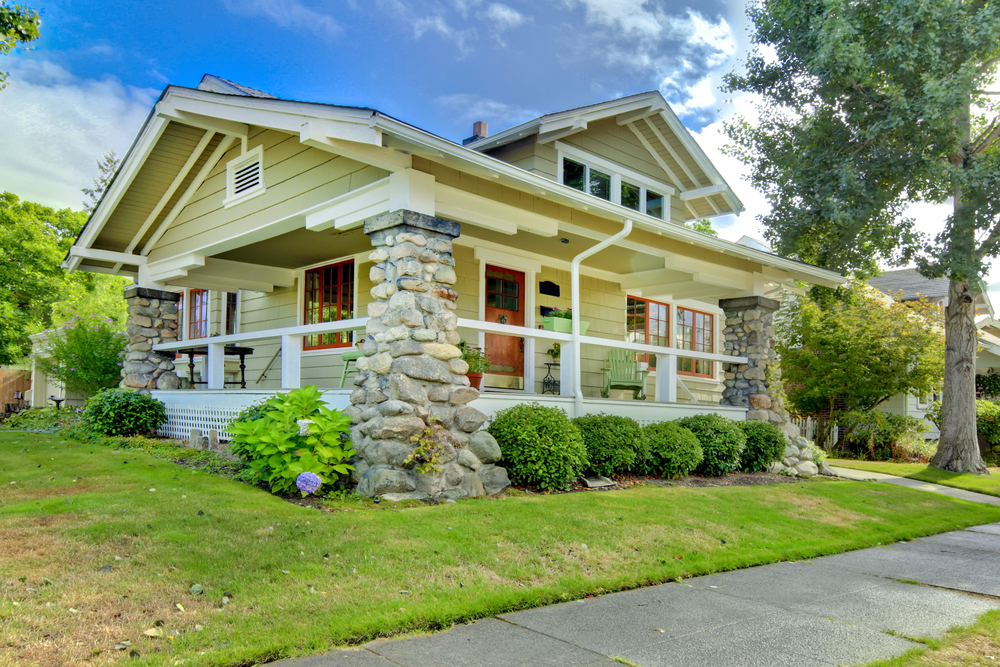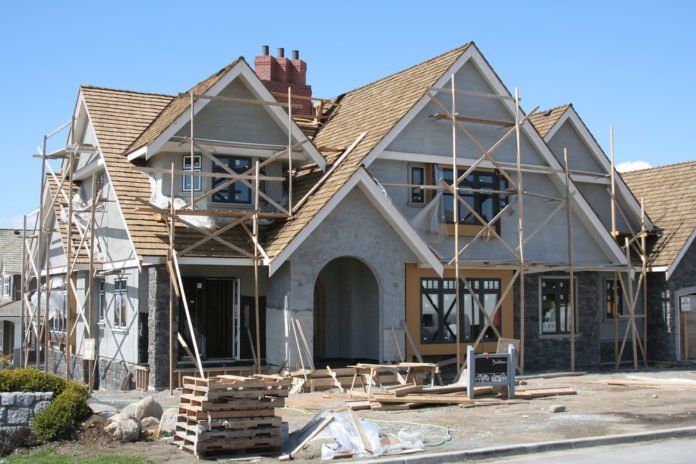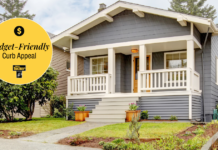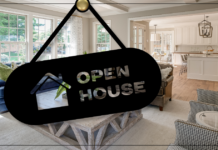Trying to decide whether to build a new home or to buy an existing one? Both options definitely have their pros and cons. Only YOU know which option fits your situation better, so here are some things to consider.
New Construction – Pros
- More Say In Layout/Design – Building a new home allows you to customize the layout of the floor plan. This option is the one to choose if you want to dictate how large your rooms are. The post-covid era has increased the work-from-home crowd, so if a home office is a necessity for you, ask the contractor to include it in your design. It could also be an important selling feature down the road.
- More Say In Finishes– If the home’s layout has already been determined and built, you may still be able to provide input on the finishing touches. Although it might cost a little more, adding some upgrades will add value to your home and make it uniquely yours.
- Able To Add Additional Insulation & Better Insulated Windows – When choosing appliances, opt for new “smart” appliances. If you catch the builder in time, ensure insulation and windows create buttoned-up homes that are less expensive to heat and cool than pre-existing, older homes. Even though this extra layer of protection might add to the cost, you’ll be able to make it up thanks to lower utility bills.
- Time To Add Smart Features Less Expensively – It’s easier to install “smart” technology when the home is being built rather than trying to add it later. Automate internet, cable, speakers, and even an alarm system.
- Less Maintenance Since Everything Is New – A newly built home typically requires less maintenance since everything from appliances to the HVAC system and roof are brand new. This means you can better predict monthly homeownership costs since you’ll likely spend less to maintain your home. In addition, many newly built homes have warranties that can protect components of your new home for years before you need to undertake any major repairs.
- Additional Amenities – Much of new construction comes with a lifestyle that can include amenities like parks, pools, and community spaces. The key is finding a builder and a site that offers what you care about.
- Greater Possibility Of Fewer Multiple-Offer Situations– If you don’t need to move quickly, you can put an offer on a house that hasn’t yet been built or is in the early stages of construction, and then move in when it’s ready. This timeline doesn’t work for every buyer, so you may have less competition, thus solving the “multiple offer” situation that so frequently happens these days.
New Construction – Cons
- More Expensive – With the fluctuating costs of lumber and other supplies, new construction is usually more expensive per square foot than an existing home. For instance, the median sales price of an existing home in the U.S. rose to nearly $391,200 in April 2022, while the median price of a brand new home topped $450,600 that same month — a difference of nearly $60,000. If labor shortages and supply chain issues continue, this cost difference will likely widen.
- Further From Amenities – New construction of detached single-family homes tends to be built outside urban areas where bare land is more plentiful, so commutes to work and other necessities can be longer.
- Lower Curb Appeal– A newly established neighborhood means the landscaping will be new and not yet fully established. Yards can feel stark and exposed until plants and landscaping features bring life to the property.
- Less Flexibility On Exterior Finishes – Builders, especially in planned communities, tend to stick with exterior design styles and finishes that appeal to the broadest range of customers. You may have to rely on post-purchase painting and decorating to stand out from your neighbors.
- Possible Delays – Depending on where the home is in the construction phase, your move-in date could be delayed due to weather, supply issues, etc. The amount of time it takes for new home builds varies by market and builder, so make sure you factor it into your timetable.

Existing Home – Pros
- Delays Less Likely– It’s less likely that you’ll encounter surprises that push back the day you can move in once you close. Unless you’re buying a fixer-upper or plan to do extensive remodeling prior to moving in, you’ll be able to move in when you get the keys and/or the day of closing, if the home is vacant.
- Mature Landscaping – One of the pleasures of an established neighborhood is the maturity of the trees and landscaping, not only along the streets and in the parks, but also in your neighbors’ yards.
- More Space For The Money – Existing homes tend to be less expensive per square foot than new construction. Given material shortages and inflation, those differences are likely to persist in the near future.
- More Geographical Options– Most new detached single-family homes are built outside urban areas. Buying an existing home typically gives you far more options when it comes to where to live, rather than being at the mercy of the builder and the new subdivision sites.
- Fewer Decisions To Make – Building a custom home involves a lot of decision-making. These decisions include everything from the floor plan to interior and exterior finishes. An existing home allows you to focus on the areas that need sprucing up or those that you want to customize to reflect your personal style and preferences.
- More Character – Older homes are more likely to have architectural details that give them character, but would be hard and expensive to replicate. They also sometimes have great stories behind them that you become part of when you move in.
Existing Home – Cons
- No Modern Layouts – Unless a home has been extensively remodeled, you’re unlikely to find modern layouts. In older homes, there were no open floor plans. The kitchens were far removed from the living areas. For some families, this is preferred, but if you like today’s popular open concept, you may need to compromise.
- Old Technology – Old homes can be highly outdated when it comes to technology, some even having knob and tube wiring dating from the first half of the 20th century. While it’s possible to upgrade wiring and install smart technology to replace old thermostats and lighting, it’s more costly to undo something and then redo it than to install it when the home is being built.
- Poor Insulation – Older homes can be poorly insulated and rely on oil for heat. In addition, unexpected repairs to older appliances, roofing, and heating systems can have you spending money where you didn’t expect to.

For all of the latest information on our local real estate market in Southwestern Indiana, you can always trust the professionals at F.C. Tucker Emge. Our agents have superior training and resources at their disposal so they can better educate you about the road to homeownership. Even if you are 6-12 months (or more!) out from making a change, there is a lot to learn about the home buying and selling process, and our agents can help you learn what you need to know so that you can be confident in your decision and have a smooth experience when the time comes. Let’s Talk!




